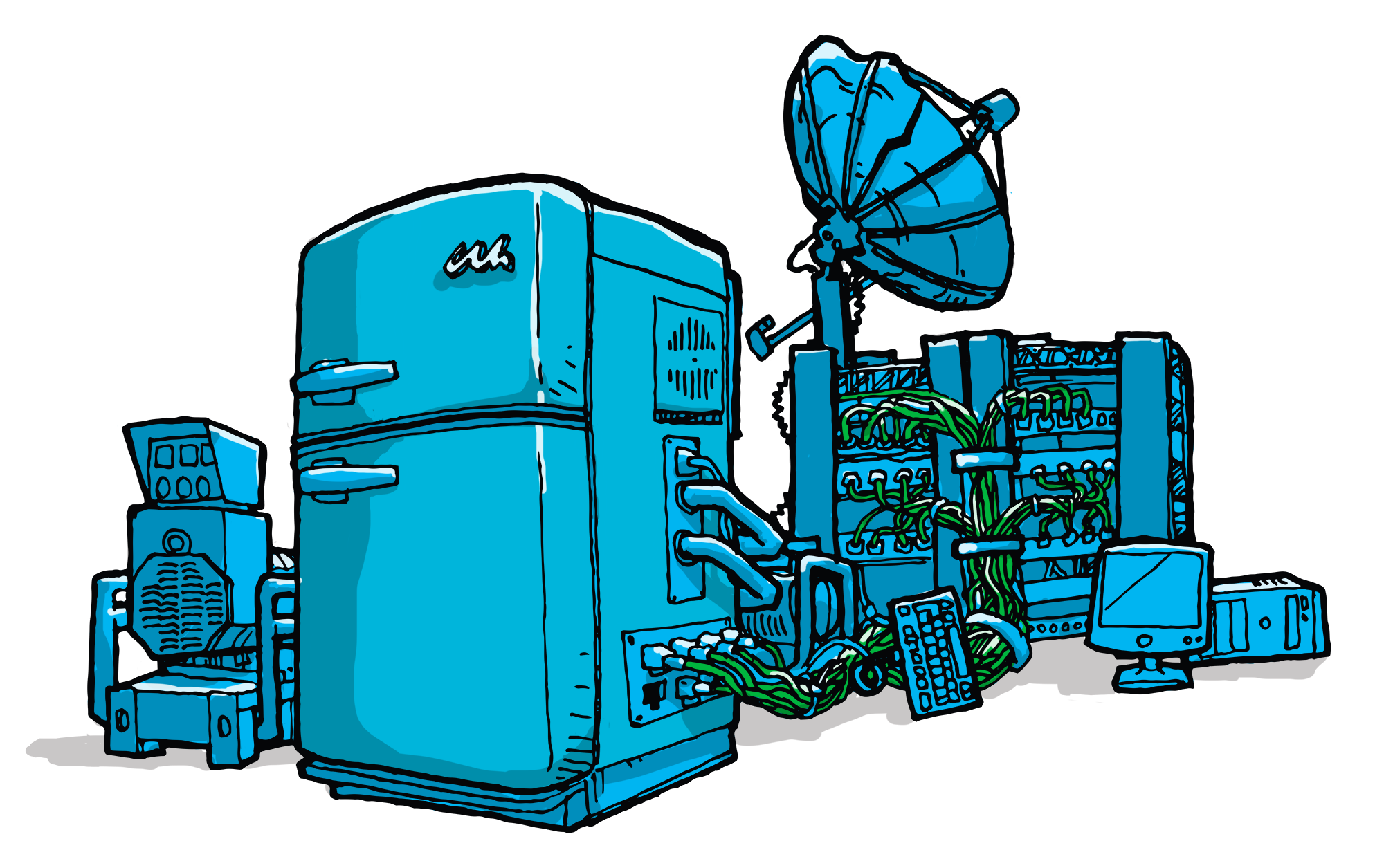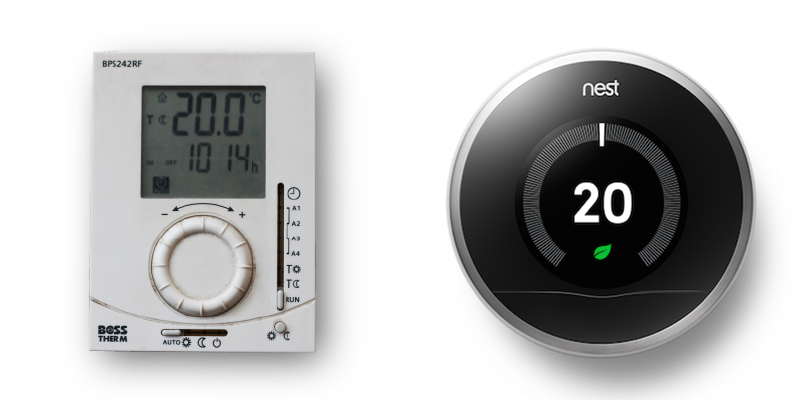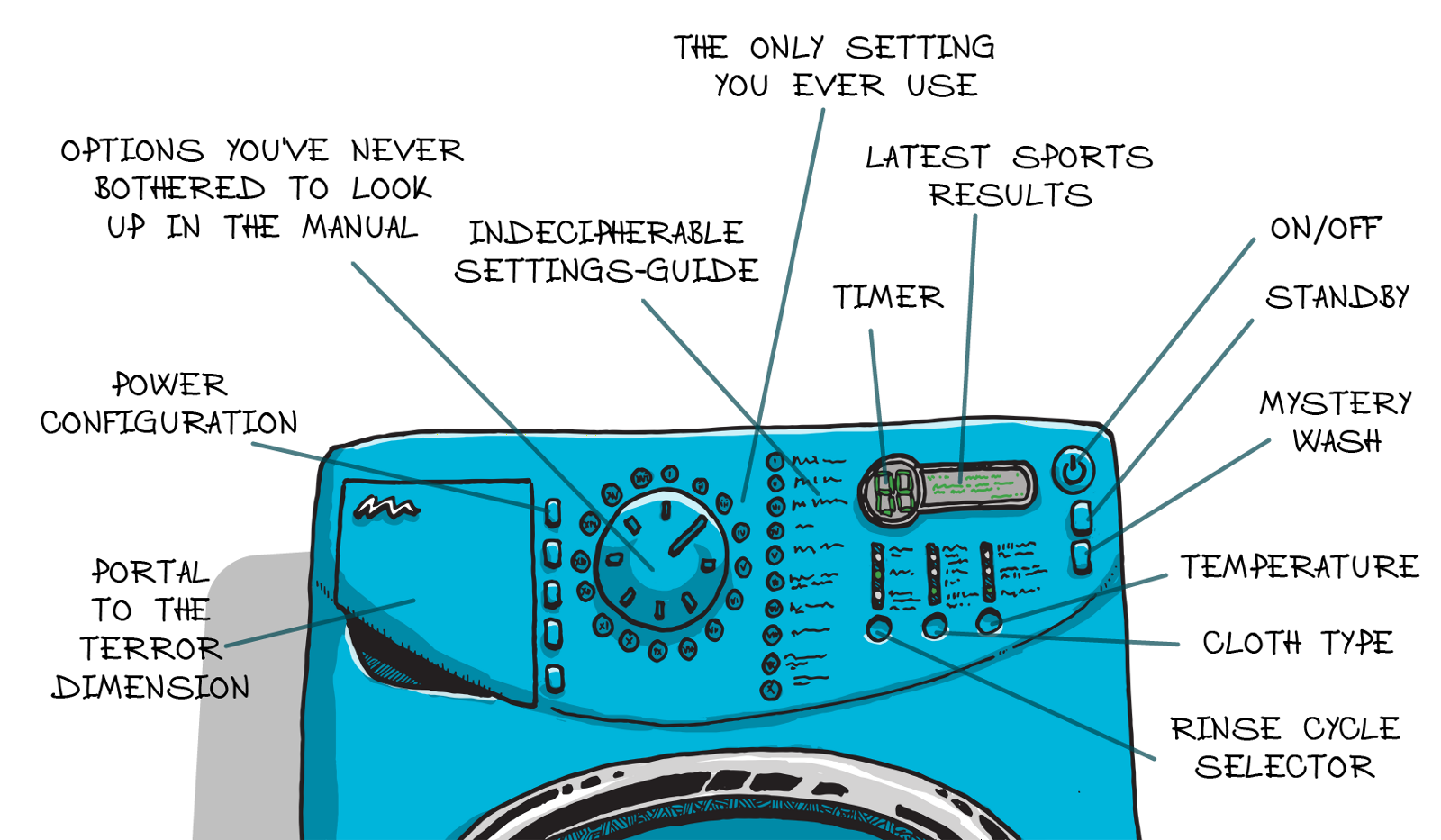Why doesn’t everyone have an Internet Fridge?
An internet-connected fridge is the go-to example when trying to explain the Internet Of Things to lay people. So why don't we have them yet? And do we really want them? Or even need them?

The great white hope of the Internet Of Things is the internet-connected fridge. It's the go-to example when trying to explain IOT to lay people. "Imagine what you could do if your fridge was connected to the web!" So why don't we have them yet? And do we really want them? Or even need them?
The "Internet of Things" is not about adding the internet to devices. Being able to access the internet through a fridge gives us nothing. There's no earthly benefit to having your social-network connections "like" your fridge, and there are few scenarios where you'd want to "share" your #fridge.
More accurately, there are few occasions when I'd want you to share your fridge with me. In person, it's different. I definitely want you to share: I'll have a cold beer, please, and maybe a sandwich? Digitally, however? No way.
The noughties idea of an internet-connected device was simple. We can access the internet wherever we want: access email through the TV, get the news from your microwave, do your shopping through the fridge! Simple, but pointless once smartphones achieved ubiquity. Why wait for the fridge to boot-up when my phone's already in my pocket?
There's no aspect of the old, clichéd example of an "internet-fridge" that you couldn't better achieve by glue-gunning an iPad onto the front of a regular fridge. And that would be more effective and cheaper than a monstrous over-priced, internet-enabled fridge.
Where's the win?
Where things get really interesting, and where IOT really comes into its own, is when we switch from accessing the internet through our devices to accessing our devices through the internet.
If a component moves, it will heat up. If it heats up, it will distort and eventually wear-out. Tiny sensors are now cheap and easily available, and connecting them to the internet is also cheap and easy. It's the perfect-storm to herald the age of IOT. Put a sensor on something that moves and connect it to the internet, and suddenly you can make efficiency savings.
At scale, this is for wheels and gears on industrial machinery. If you know when a component will break, you can replace or fix it before it breaks. This knowledge will save you time and money. In the consumer marketplace, the wins are less tangible, but more relateable.
How would this manifest itself in a fridge?
- The cooling mechanism inside the fridge has broken: sound the alarm!
- The freezer door has been left open for more than 10 minutes: text alert!
- You're shopping, but can't remember what you have already: a webcam snapshot of the inside of your fridge gets sent straight to your phone.
- You live in the future, where every consumer good has a sensor inside the packaging. Your fridge acts as a hub that sends useful data out to you. The milk carton is 32% full. The quiche is 2-days 7-hours away from its Best Before date. The veg drawer is giving off a high proportion of noxious gases: I guess the peppers have gone off; here's a photo so you can decide for yourself.
Why hasn't it happened yet?
- 1: The runway for white-goods is too long.
- Iteration takes decades. Traditional IOT needs a much much shorter iteration cycle. By the time a traditional incumbent gets a product to market it has become so overwhelmed by extra features and catches for obscure edge-cases that the primary objectives have been lost. Simplicity is just not an option for these companies, and that it why they will always fail.
- 2: People buy fridges very infrequently.
- If an incumbent manufacturer get their product in your home, it’s going to be there for ten years or more. Give that product the ability to cross-sell other products, and that incumbent has a marketing beachhead in your kitchen. That’s not something they’ll be able to resist. If you get an Internet Fridge from an established white-goods manufacturer, your fridge will spam you.
- 3: White-goods manufacturers are not software companies.
- “Smart” thermostats, for example, have been around for years but have always been ugly and nigh-on unusable. Nest are not doing anything particularly new, but they have an eye for details and user experience, and are confident in their own value. It’s the Apple effect all over again. Only one company in every thousand is actually any good. Getting “normal” people to interact seamlessly with technology is a tough sell — can your mum use the video recorder yet?
Making user-friendly software is hard. Making user-friendly hardware is hard. Doing both together is even harder, by many orders of magnitude.

- 4: White-goods manufacturers do not sell to consumers: they sell to retailers.
- They don’t understand their end-users in the way that a regular customer-facing company does. Without that understanding, they’ll never make an innovative product that can truly excite us.

- 5: It increases the cost across the board.
- Adding IOT capability makes the products more expensive, and only a fraction of the current market would see any real value from them. I know from personal experience that only a small percentage of people can see the potential of the internet , let alone the Internet of Things. Commercial success in this field is going to take a revolution in consumer-mindset.
- 6: The business model doesn’t suit the incumbents.
- Another often-overlooked aspect of “The Internet” is that it’s not free and it does exist in a physical world. It needs infrastructure and servers, and what that means in business terms is recurring costs. Suddenly your white-goods manufacturer has to deal with support and maintenance. That’s not what they signed up for, that’s not where their expertise lies. They’ve spent decades implementing “planned obsolescence”. To justify implementing IOT into their products, these companies will have to be sure of generating the recurring revenue to match the recurring costs. Which brings us back to the fridge that sends you spam…
So we need a start-up to make the Internet Fridge?
To create the Internet Fridge we all want needs serious innovation, and all the evidence suggests the big incumbent white-goods manufacturers just aren’t up to the task. This is where the mythical Start Up™ can help. Those guys live for innovation and disruption, right? Well, maybe…
To bootstrap an idea into existence you need a short iteration cycle. Try something, watch it fail, learn from the failure, improve the next version. Try something, fail, learn, improve. Try, fail, learn, improve. And so on. It’s a pattern that has worked for almost every successful start-up out there.
This approach works really well in the software and internet spheres where you can ship updates and bug-fixes as often as you like. With hardware, things get much messier. There’s no continuous deployment or integration for fridges. If your first version doesn’t work, you need a product recall.
And just getting to that first version in the first place is hard, for all the reasons we outlined above. The lead-times are long and manufacturing is only cost-effective at scale, so rapid-prototyping is both hard and expensive.
What we need is an Apple for white-goods.
We need a large established company that values good design, leads the field in innovation, and isn’t afraid of changing a premium for quality. They need to have experience in manufacturing, and also be at the top of their game with software too. They need deep pockets and a long-term vision.
There are companies out there that could do it. Occulus are working at the intersection of hardware and software: investing in their headsets and the digital systems that power them. Nest are pushing the boundaries of what we expect from a home appliance: beautiful and functional.
Traditional white-goods — fridges, freezers, dishwashers, washing-machines — they all suffer from being both hard to build and not very sexy. Whoever creates the perfect Internet Fridge will no doubt make a pretty penny, but with such imposing obstacles in the way, I can’t see anyone getting there any time soon.
Related posts
If you enjoyed this article, RoboTom 2000™️ (an LLM-powered bot) thinks you might be interested in these related posts:
Living with Alexa: the problems with "voice" as an interface
I've lived with Alexa (the virtual assistant held within the Amazon Echo) for six months now. The experience has changed how I feel about voice-as-an-interface.
Similarity score: 53% match (okay, so not very similar). RoboTom says:
Notes from ThingMonk: Day Two
The second installment of my notes from the ThinkMonk IoT conference.
Similarity score: 52% match (okay, so not very similar). RoboTom says:
